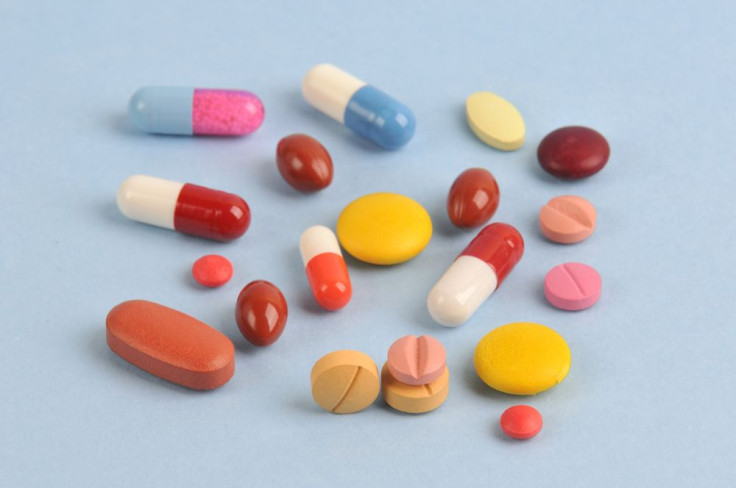Antidepressants Aren't Taken By The Depressed; Majority Of Users Have No Disorder

Depression’s increase in the U.S. has been persisting for years, and it’s going on decades. And while the increase in antidepressant use has followed a predictably similar path, not all cases can be explained by the parallel rise in disease. Many people, in fact, take antidepressants regardless of a diagnosis.
A new study published in The Journal of Clinical Psychiatry reports some 69 percent of people taking selective serotonin reuptake inhibitors (SSRIs), the primary type of antidepressants, have never suffered from major depressive disorder (MDD). Perhaps worse, 38 percent have never in their lifetime met the criteria for MDD, obsessive compulsive disorder, panic disorder, social phobia, or generalized anxiety disorder, yet still take the pills that accompany them.
In a society that is increasingly self-medicating itself, capsules, tablets, and pills are turning from last resorts to easily obtained quick fixes. Between 1988 and 2008, antidepressant use increased nearly 400 percent. Today, 11 percent of the American population takes a regular antidepressant, which, by the latest study’s measure, may be a severe inflation of what’s actually necessary.
“I think while psychotherapy is another option to helping people obtain better mental health, there are roadblocks,” said Dr. Howard Forman, medical director of the Addiction Consultation Service at Montefiore Medical Center. Forman, who wasn’t involved with the study, points toward cost, availability of experts, and time demands as the main reasons people may decide to pursue alternatives.
Dr. Ramin Mojtabai, of Johns Hopkins Bloomberg School of Public Health, and his colleagues relied on data from four samples, the Baltimore Epidemiologic Catchment Area Study Wave 1, which began in 1981, all the way through Wave 4, which ended in 2005. In total, they used data on 1,071 participants, including four interviews and an assessment on current antidepressant use. Similar to the national average, 13 percent of people reported using antidepressants.
Medications to offset perceived, yet undiagnosed, chemical imbalances don’t just include those targeted to mood. Amphetamines like Adderall help people find focus, and benzodiazepines like Xanax quell anxiety — or so their users claim. But when the bottom falls out on casual use, quick fixes may turn into heavy dependence. “I have no concerns about the prescription of SSRIs leading to dependence,” Forman said. Prescriptions are generally accompanied by a doctor’s oversight. “I think that any medications that are taken without the oversight of a physician, especially drugs with abuse potential, such as Xanax, are very concerning for the development of dependence.”
Solving this problem of antidepressant overuse may be partly systemic as well as personal. Mental health care is improving in the U.S., particularly as the stigma fades and people no longer feel embarrassed to seek treatment. But more can be done to give patients peace of mind, Forman says. This may help reduce their urge to unnecessarily self-medicate, as the people who don’t need medication take solace in the reassurance of their health, while those in need find the same comfort in the confirmation of an illness. The main priority is removing the element of uncertainty.
“We all experience periods of stress, periods of sadness, and periods of self-doubt,” he said. “These don’t make us mentally ill, they define us as human.”
Source: Takayanagi Y, Spira A, Bienvenu O, et al. Antidepressant Use and Lifetime History of Mental Disorders in a Community Sample: Results From the Baltimore Epidemiologic Catchment Area Study. The Journal of Clinical Psychiatry. 2015.



























